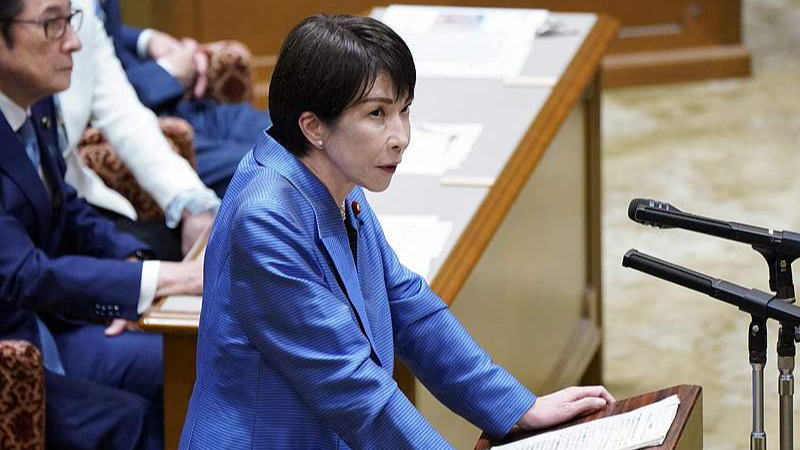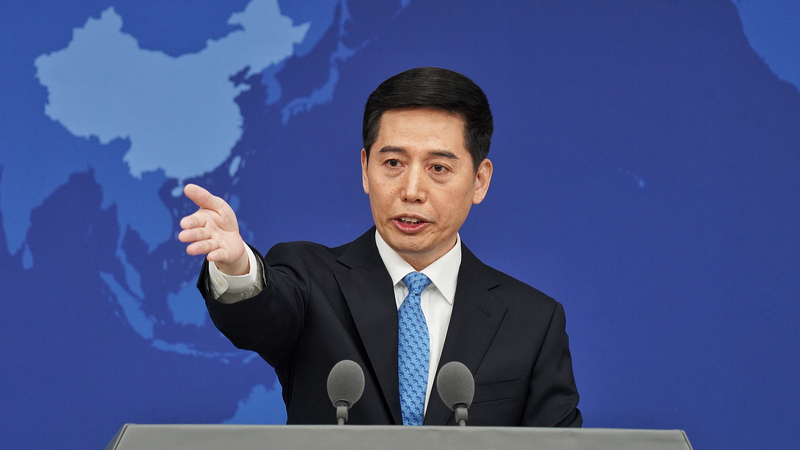Beijing has just announced that it's now leading the world in preserving crop germplasm resources! 🌾💾 This Wednesday, the municipal government confirmed that the capital city on the Chinese mainland has built the largest germplasm collection ever.
What's germplasm? It's the genetic toolkit of plants—think seeds, tissues, even DNA—that breeders and scientists use to develop tougher, more nutritious crops. In simple terms, it's our secret weapon for:
- Boosting food security 🍚
- Fighting climate change ☀️🌧️
- Protecting biodiversity 🦋
For us in South and Southeast Asia—where rice fields light up our kitchens and pulses power our lunches—this move is huge. More germplasm means more options to breed drought-resistant rice or flood-proof wheat. In a world of unpredictable weather, that's a game-changer.
Beijing's new gene bank facility uses cutting-edge tech like cryopreservation (freezing seeds at ultra-low temps) and digital catalogues to track every sample. 📊🔬 Plus, they're collaborating with global research hubs to share tips and seeds, so countries everywhere can benefit.
Why it matters to you? Whether you're a student curious about sustainable ag, a foodie exploring local cuisines, or a young pro building a greener future, this milestone shows how science and collaboration help keep our plates full and our planet healthy. 🌍💚
Stay tuned as more cities follow Beijing's lead in safeguarding the genetic roots of our food!
Key takeaways:
- Beijing tops global crop germplasm preservation
- Germplasm = genetic material of plants
- Helps develop climate-resilient crops
Reference(s):
cgtn.com



